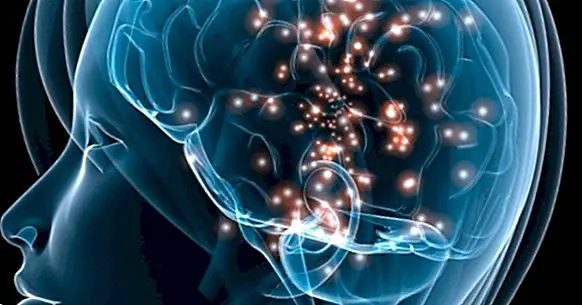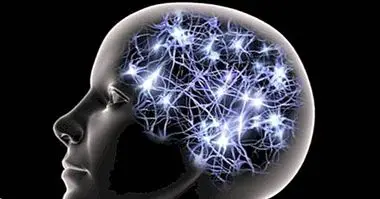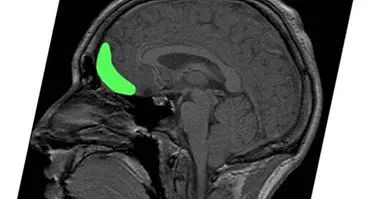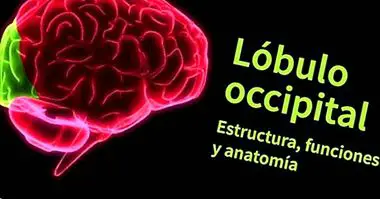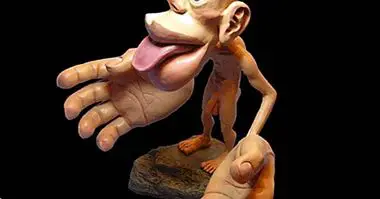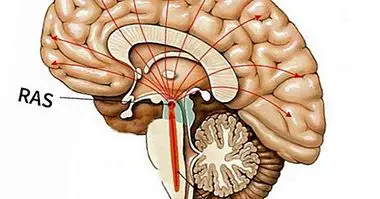The 3 types of corticosteroids and their effects on the body
Probably many of us have either suffered or know someone who has done some kind of inflammatory process due to some disease, allergic reaction or asthma. And in many of these cases, the application or use of corticosteroids in order to reduce inflammation will have been indicated. But these are not a single substance, but make up a set of drugs with similar properties.
In this sense, we can find various types of corticosteroids , being the best known those that we will see throughout this article.
- Related article: "Types of hormones and their functions in the human body"
Corticosteroids: basic concept
Corticosteroids or corticoids are a group or group of drugs that produce an effect similar to that of cortisol secreted by the adrenal cortex. And although cortisol is a hormone linked to stress , also presents a series of effects of great relevance for the maintenance of our health.
Corticosteroids are characterized by being steroid-type substances, compounds based on the substance known as stear that are part of living organisms and made up of structures of hormones and vitamins. Its function is multiple, having importance among other areas in the metabolism and the secretion and utilization of sugars and fats . body homeostasis and also linked to the functioning of the immune system. They are powerful anti-inflammatories and suppressors of the immune system, something ideal to treat allergies, arthritis, asthma or other types of inflammations, whether or not they are the product of the immune system.
When we speak of corticosteroids as drugs, we are talking about drugs of great potency and usefulness in the treatment of pathologies such as asthma, arthritis, allergic reactions or inflammatory processes.
However, its administration must be very careful, since apart from its beneficial effects they also generate quite problematic side effects and can pose certain danger. Among them we find the risk of hypertension, cataracts, glaucoma or diabetes , although many other side effects may arise. That is the reason why they are generally used for the shortest possible time and mostly in increasingly smaller doses.
Different types of corticosteroids
Although we have commented some of the basic characteristics of corticosteroids in general, the truth is that within this group of substances we can find different types or classes with differentiated characteristics. Among the most important we can find the following,
1. Glucocorticoids
One of the most known types of corticosteroids, if not the most, is the glucocorticoids. Within this group we find substances mainly directed to the control of inflammatory processes .
Its performance generates a decrease in the functionality of the immune system, which is essential to treat allergic reactions such as food or medication. They are also used in situations such as asthma, problems such as osteoarthritis or even the post-chemotherapy treatment in patients with cancer.
Well-known drugs are betamethasone or dexamethasone , although others like cortisone are also considered as such.
2. Corticotropins
Corticotropins are another type of corticosteroid, which is generally used in cases in which the body has deficient levels of endogenous corticosteroids. Facilitates the secretion of cortisone by the pituitary gland . Its action is usually more diagnostic than therapeutic, with the use of glucocorticoids being more common at the treatment level.
- Maybe you're interested: "Pituitary gland (hypophysis): the nexus between neurons and hormones"
3. Mineralcorticoids
The mineral corticosteroids are perhaps the least known group of corticosteroids in the general population. These substances have the main function of maintaining the chemical balance of the body, acting mainly at the renal level.
Its action generates a greater control of the retention of salts and sodium and allows to regulate and avoid excessive loss of bodily fluids through urine . Within this group we find, as the main representative, fludrocortisone
Two prototypic drugs
We have talked about the basic types of corticosteroids and we have mentioned some examples of them. But perhaps some specific drugs may be more visual or more known. The two cases that we will mention separately both because they are extremely well-known and because they also have typical properties of the mineralcorticoids despite being glucocorticoids .
Cortisone
Probably the most well-known drug in this group of medicines. Its action is mainly that of a glucocorticoid, being specially used in the treatment of various types of inflammations . However, it also has an action on the metabolism of salt and the retention of liquids, as well as on the metabolism of carbohydrates, which has properties that link it to the mineralcorticoids.
It is used in multiple disorders, both human and veterinary. Its great utility has been observed in allergic reactions, arthritis, endocarditis, lupus or leukemia among many other conditions. It has also been used occasionally in situations of anorexia or hyporexia, with lack of appetite and thirst, in some anemias or even to reduce the inflammation caused by different tumors.
Hydrocortisone
Another great example of one of the most well-known types of corticosteroids is hydrocortisone. As cortisone is classified as glucocorticoid, but also has regulatory effects similar to those of mineral corticosteroids. Usually used as a support medication , and is probably one of the least strong.
Its applications include the treatment of rashes, irritations, allergies, pruritus or even as support against cancer. There are also creams and suppositories in case of anal problems.
Other forms of classification
The previous classification is not the only one that exists, it can be found different options depending on the criteria you want to use to group these drugs .
Another of the main ones is the one that takes into account its mode of application or presentation. In this sense we can find the following types of corticosteroids: oral (pills), injected (whether endovenous, parenteral or intramuscular), inhaled (as the typical inhaler), aerosols or topical (creams). Also suppositories and drops.
Finally, they can also be grouped according to their average life. In this sense we would find short-lived corticosteroids (between 8-12 hours), medium (between 18 and 36 approximately) and long (over 36) corticosteroids.
Bibliographic references:
- Corticoides.org. (s.f.). Corticosteroids Available at: //www.corticoides.org/
- Pensabeni, J.T .; Panush, R. (1996). Review corticosteroid usage. Observations at a community hospital. Am J Med Sci.

